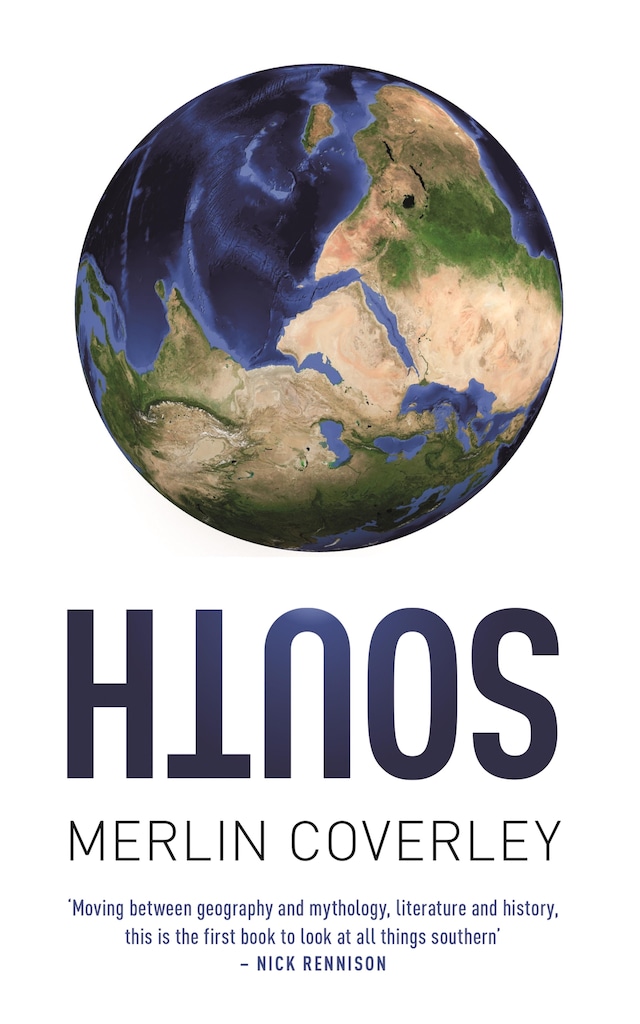
South
From South America to South London, how the concept of 'The South' inspires us
Description of the book
Artists and writers from the colder climes of northern Europe have long felt the lure of the South of the continent. Goethe was revitalised by his encounters with Mediterranean culture on his journey to Italy. Nietzsche took flight southwards to begin his life anew, while DH Lawrence sought the health-giving southern sun in Sicily and Sardinia.
But across the centuries, other outposts of the South have provoked a similar obsession. The South Seas cast a spell over figures such as Herman Melville, Robert Louis Stevenson and Paul Gauguin. The American Deep South and the southermost reaches of Latin America have been celebrated in the works of writers as diverse as John Muir, Jack Kerouac and Jorge Luis Borges. While the Great White South of the Antarctic has provided the backdrop to the darkest imaginings of Coleridge, Poe and Lovecraft. Even London, south of the river, is a place where novelists compete today to stake out a literary territory of their own.
Moving between geography and mythology, literature and history,
South is the first book to look at all things Southern in one volume. It examines the idea of the South as a symbol of freedom and escape, as well as the depository for many of our deepest unconscious fears and desires. It also charts the history of the South as the chosen location for the utopian visions of the North. From the beaches of Tahiti to the streets of Buenos Aires, from Naples to New Orleans, Merlin Coverley's brilliant and wide-ranging study throws light on the ways in which the idea of the South, in all its forms, has come to exert such a powerful hold on our collective imaginations.
 Merlin Coverley
Merlin Coverley 268 Pages
268 Pages